

The Music, the Technology, and the
Snake Oil.Today, it's more about the Gold Plated Myths and Snake Oil used to sell NOS and NIB vacuum tubes in the Musician and Audio Marketplaces. Please Note - the highlighted places and my comments as you read through the following...We learn from history that we learn nothing from history - George Bernard Shaw
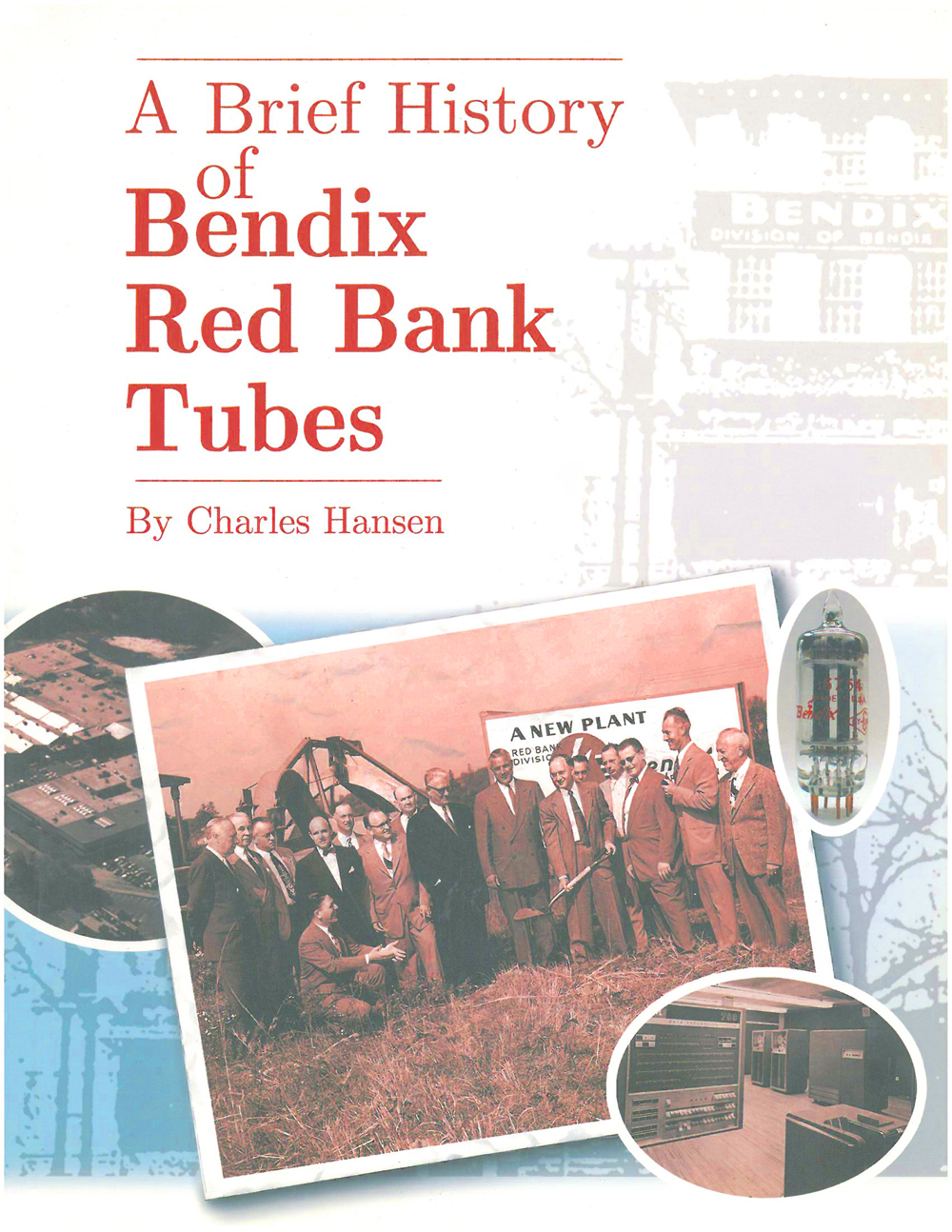
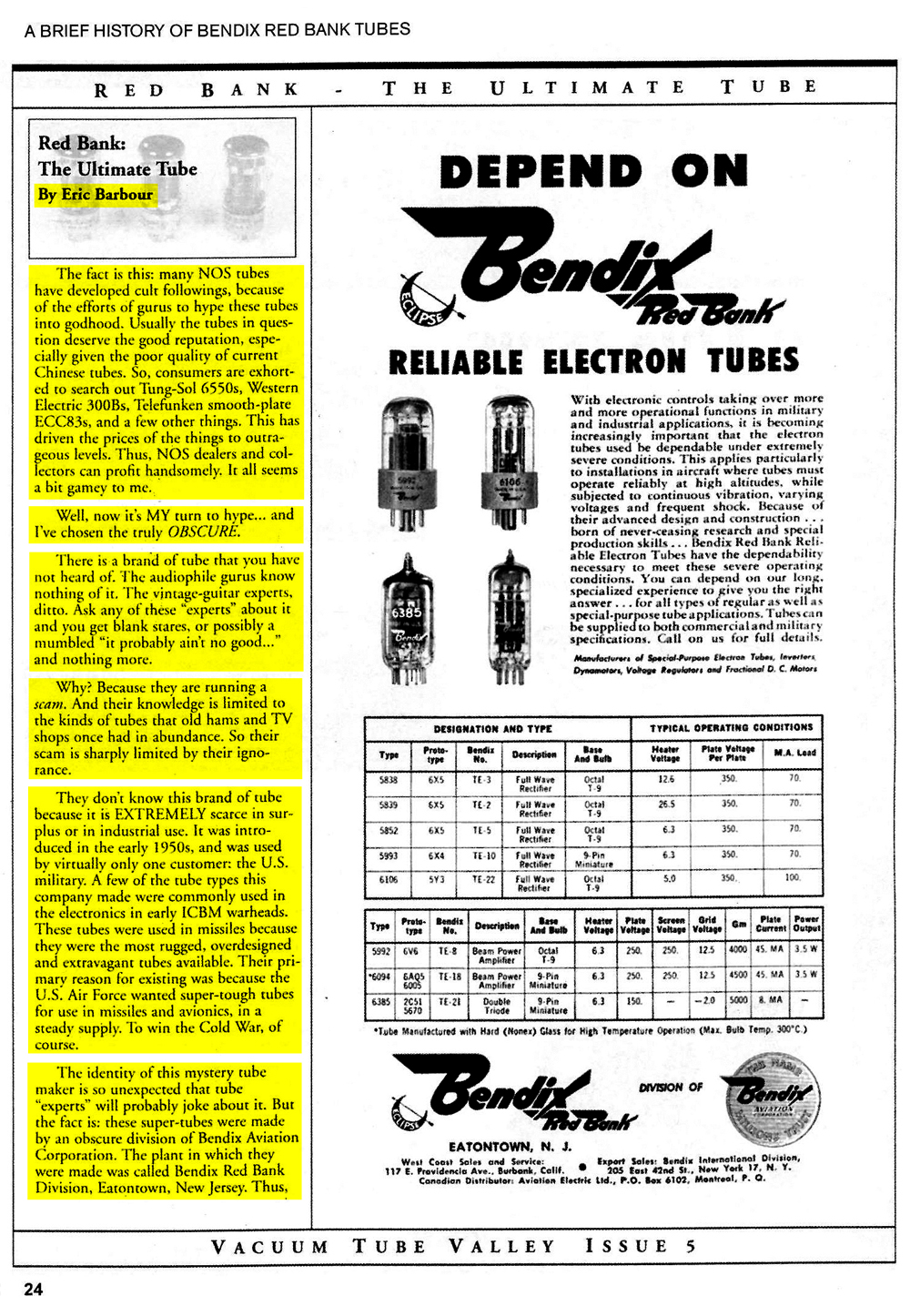
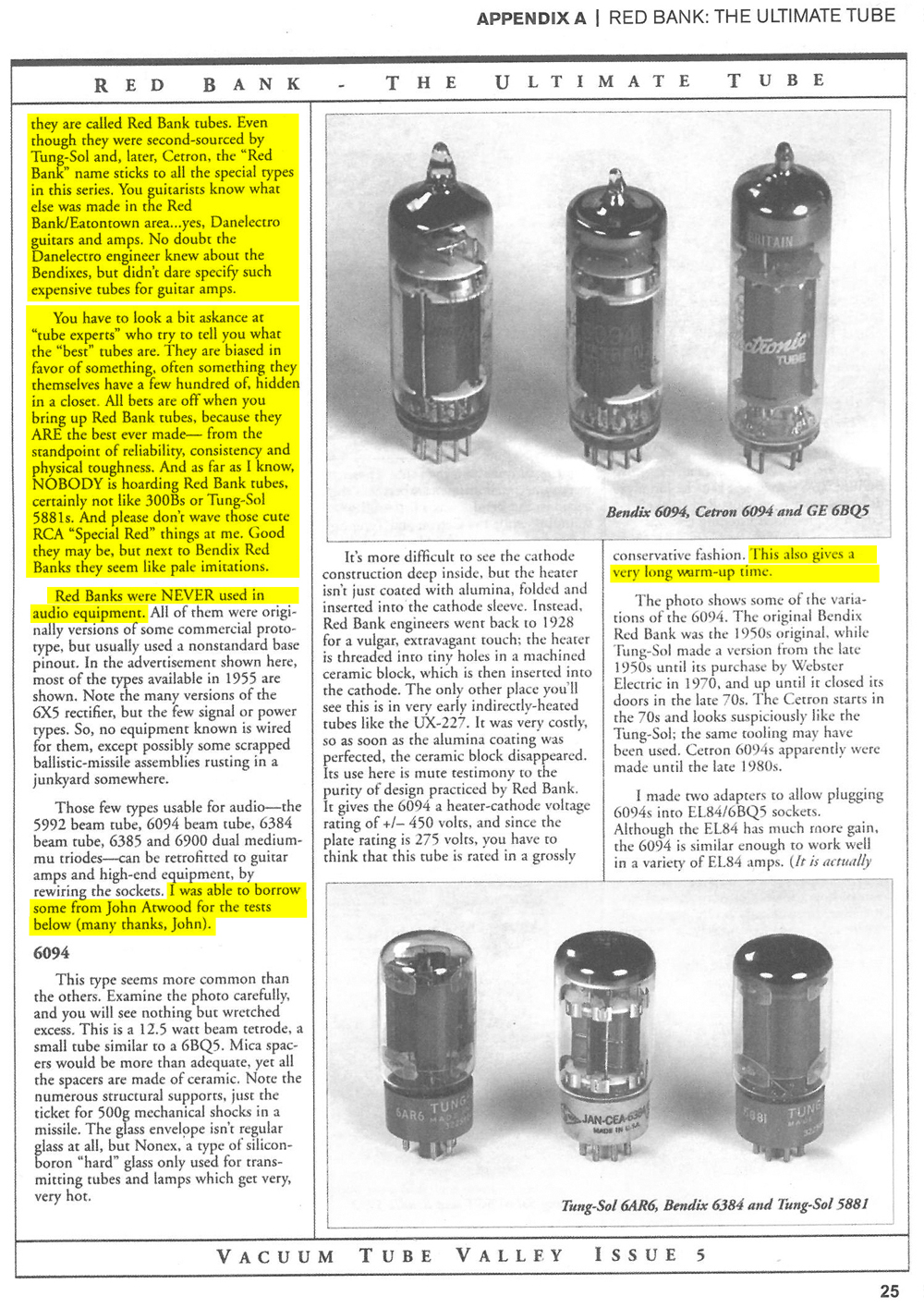
With all due respect and credit, author Charles Hansen includes in his book the source of today's misinformation on NOS and NIB vacuum tubes. Note - Who actually mentions the words Hype and Scam. Vacuum Tube Valley and other such internet promoted publications were not part of the USA vacuum tube history they write about. Clearly, self serving profit motives prevail.
Through the years I have been attracted to the use of the 6900 and the 5687 vacuum tubes when vacuum tube radio transmitter communications equipment finds my workbench. Audio only enters the picture when a strong vacuum tube could improve a driver/modulator circuit in a communications transmitter. It is here; in this electrical Radio Frequency environment that you find that the 6900 and 5687 have great performance differences between them. They're NOT the same.
With properly applied energy, the component parts, and their circuit configuration dictate how the vacuum tube will perform. NOT... the other way around.
Together, let's analyze the highlighted Bendix 6900 Data Sheets below.
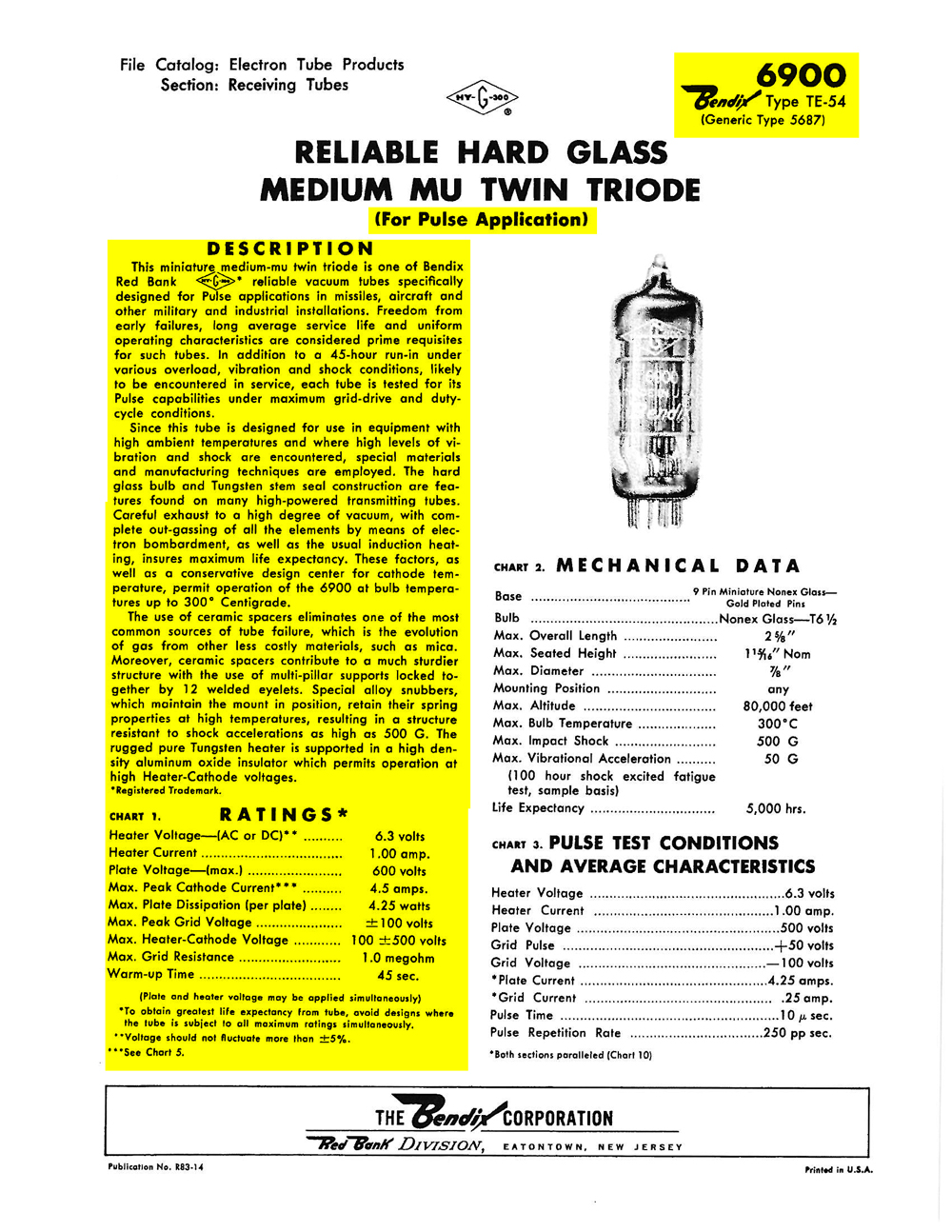
Note - The highlighted Bendix 6900 datasheet description: Bendix defines very clearly the applications for which the 6900 design is intended... making it far superior to the generic 5687 design. Further increasing the divide between these two vacuum tubes, From a thermal dynamics point of view alone, there's no way that these two tubes could ever be considered interchangeable!It is specifically stated that the conservative design center "for cathode temperature, permit operation of the 6900 at bulb temperatures at 300 degrees C (572 degrees F)".
With only 6.3 volts placed on the heaters of the 6900, those heaters alone produced bulb temperatures of 209 degrees F. This is just 3 degrees short of the boiling point of water.
Clearly, extreme temperatures like these are NOT common to the typical Medium Mu Twin Triode audio signal processing vacuum tube.
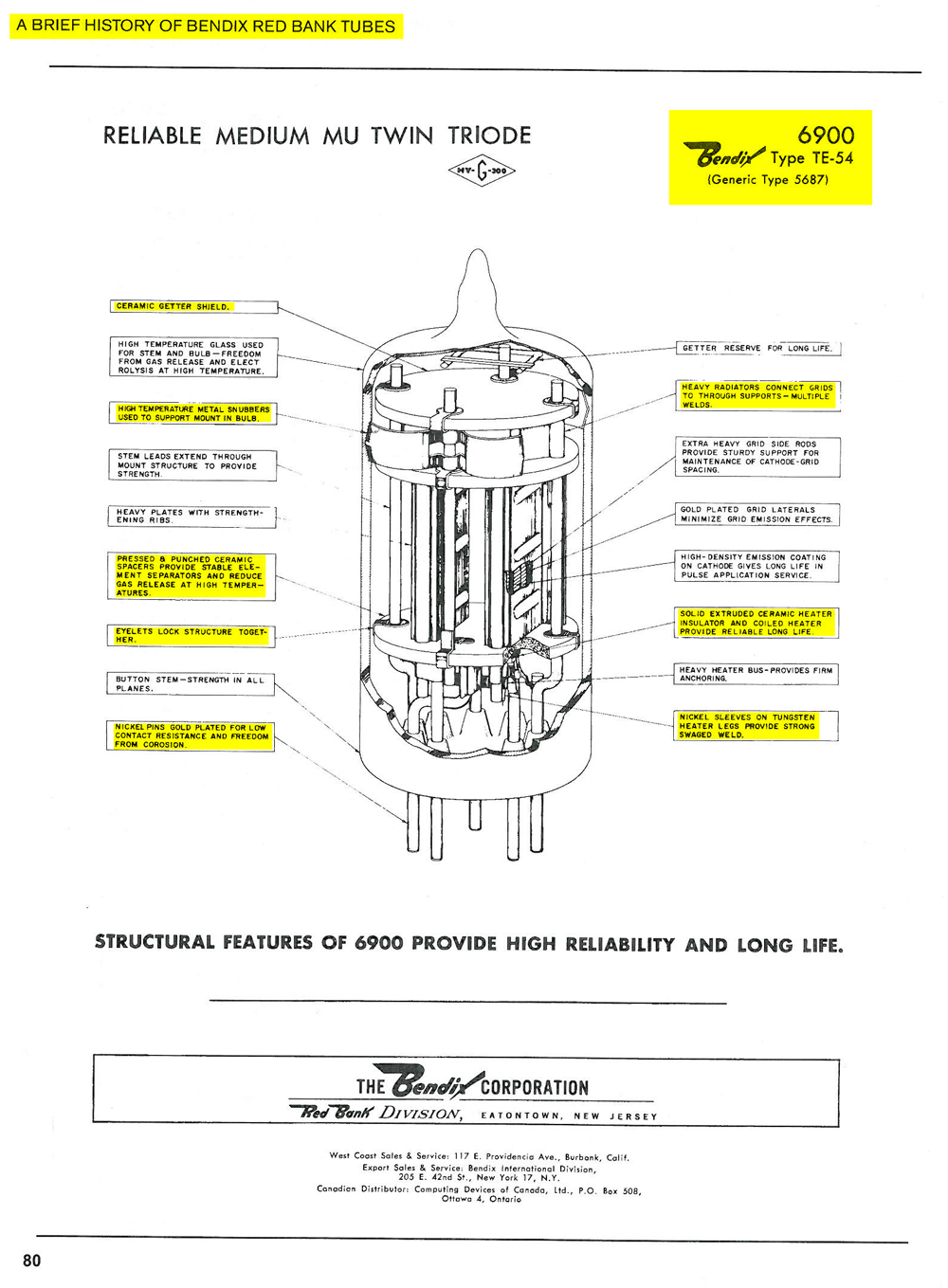
If you have a 6900 and a 5687, go get both of them now. With the 6900 in one hand and the 5687 in the other hand... compare the above 6900 highlighted structural and material improvements to your 5687. Do not forget for one second the history behind the VT proximity fuze Allied War Effort. Likewise, these changes came about because of the USA's Cold War Effort. These 6900 changes increased the divide between the 6900 and 5687 even further apart than before!Next, if either of your tubes have gold plated pins, with an razor blade, up next to the glass, see what's really under the gold plating. Nickel or Tungsten?
The practical reason for the gold plating is to keep away corrosion while sitting on the shelf, waiting to get placed into that very tight pin gripping guided missile tube socket, which will scrape off the gold plating looking for the protected surface under it.
On the WWII Legacy Page you see the early turret modules with the vacuum tube pigtail leads soldered to the turret modules. With the nonstop testing and development of launch and flight characteristics, the turret mounting design had problems from the increased G forces. Too much unsecured mass was the issue that had to be addressed back then. How things ended up can be seen in the picture of the guidance computer used in the very much more modern Tartar Missile.
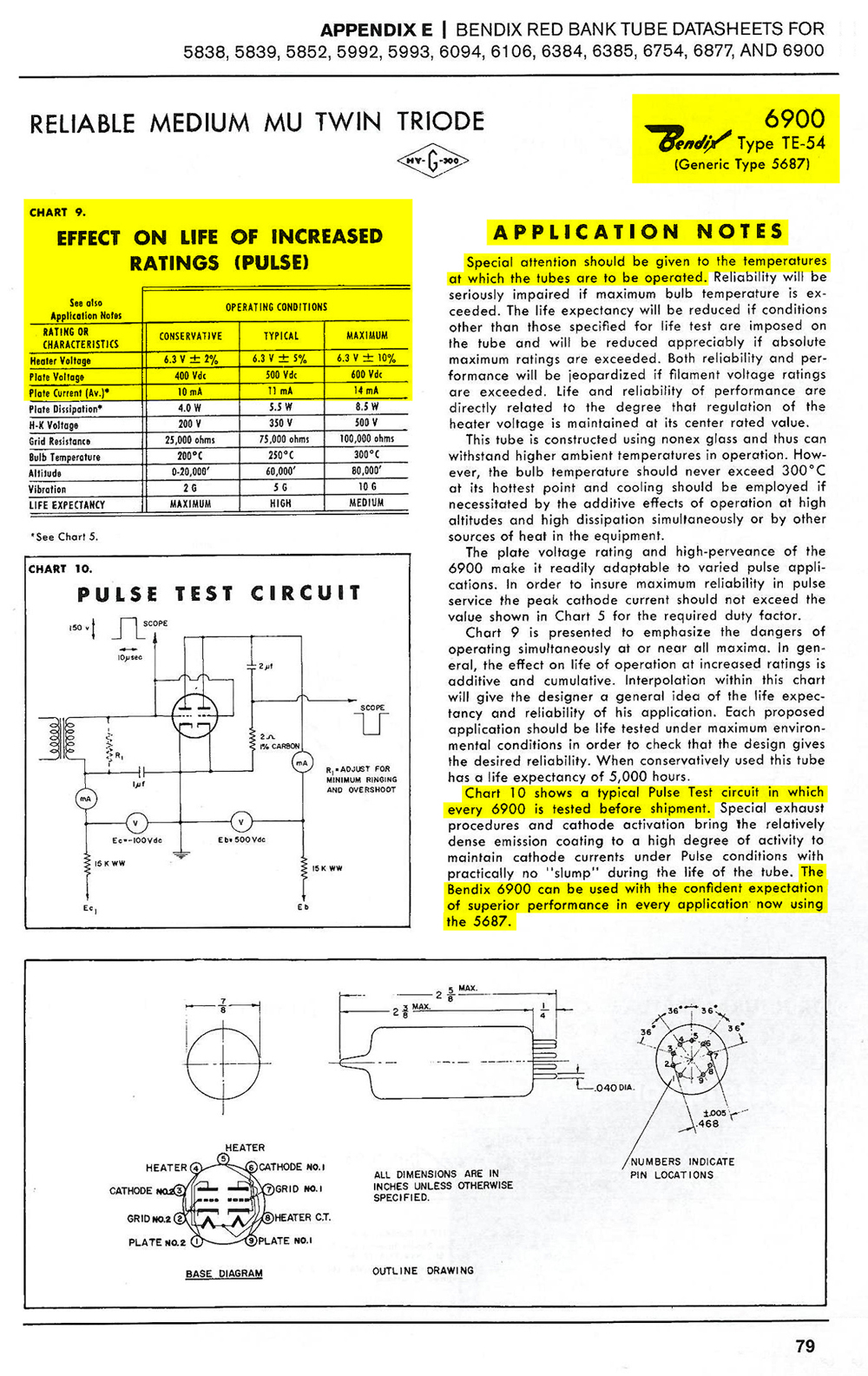
Having explored the improvements made to extend high temperature thresholds of the 6900 on page 80, here on page 79, you find a very seldom seen specification that reflects the unique thermal dynamics found only in the 6900.In the highlighted portion of Chart #9 you find specified heater voltage tolerance limits with respect to the stated proportions of plate voltage and plate current for any intended application. Pulse, Audio, or otherwise!
However, for the experienced and/or the novice, it is so easy to gloss over the presence of this very important information on the data sheet in the first place.
To not include these specified heater voltage tolerance limits when making any attempt at vacuum tube testing or analysis will not indicate the actual amount of cathode emission due to the thermal dynamics created by the original structural and material improvements made to the 6900. As a result, when these heater voltage tolerance limits are factored in, only then the actual kathode emission is realized when within the stated proportions of plate voltage and plate current.
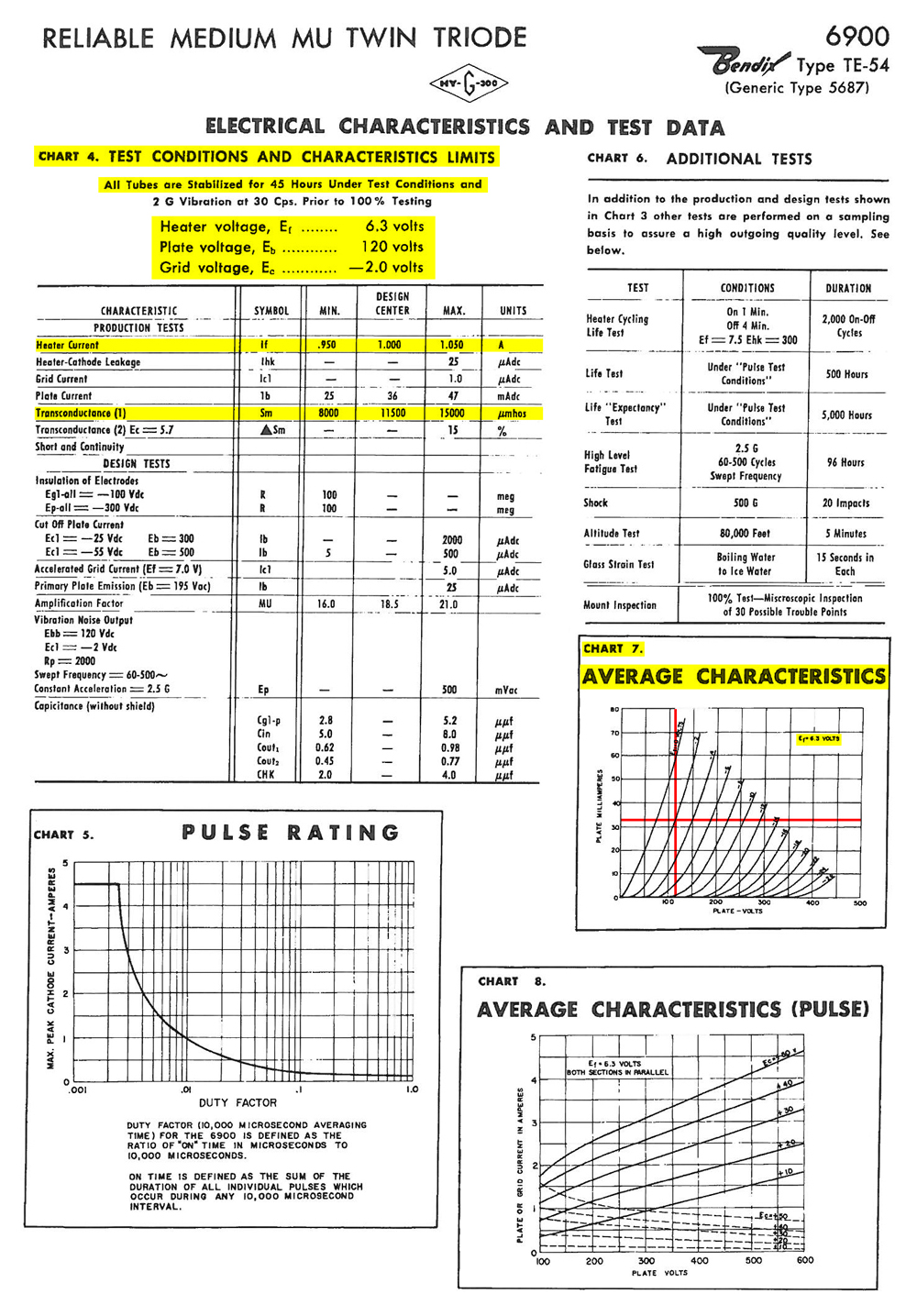
Taking the highlighted data, titled Chart #4, "Test Conditions and Charteristics Limits", and applying them to Chart #7, shows the established Q point (Quiescent point), by the intersection of the red lines, ... which is far from the center of the linear region.
This more than confirms the 6900 was designed for a specific government pulse application.
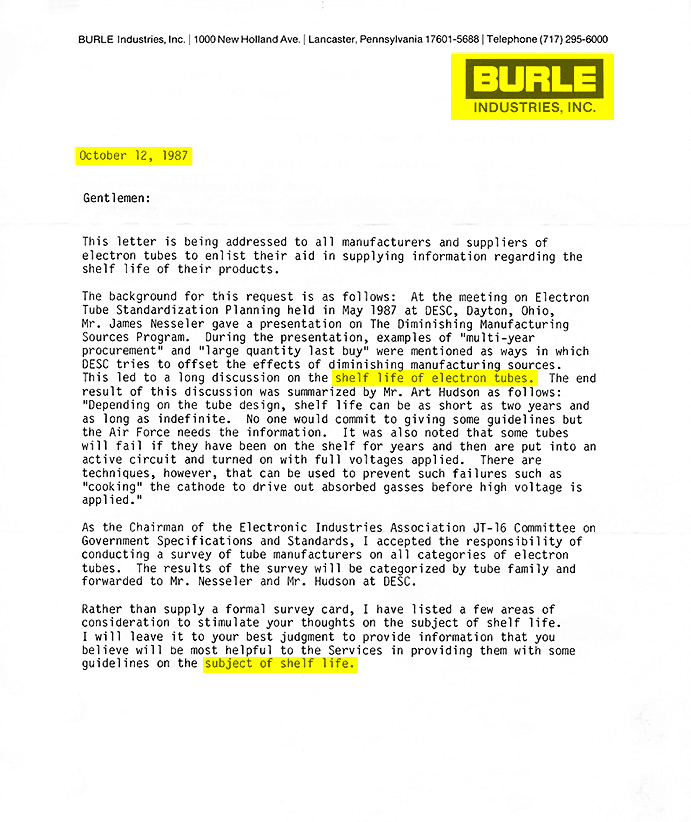
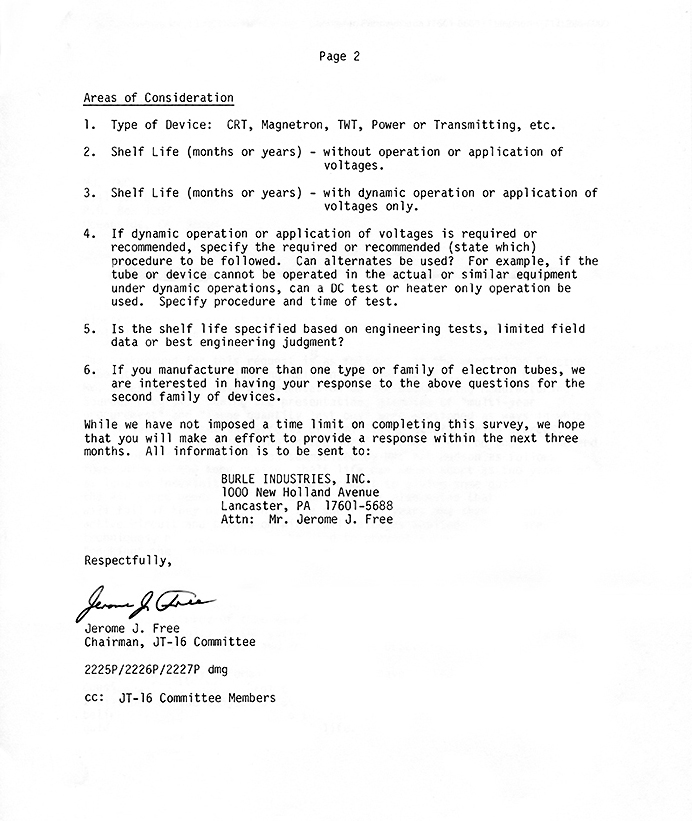
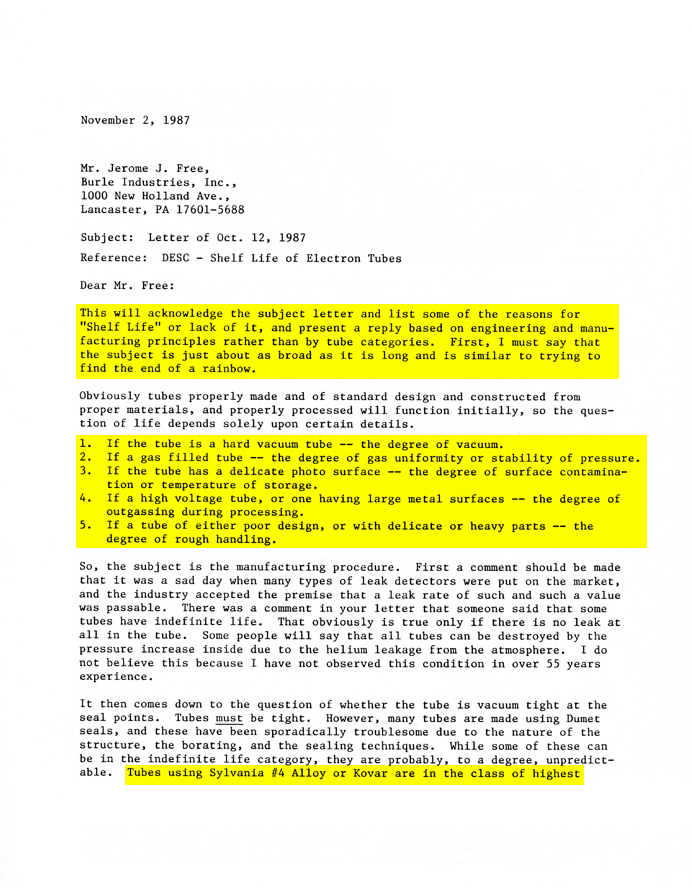
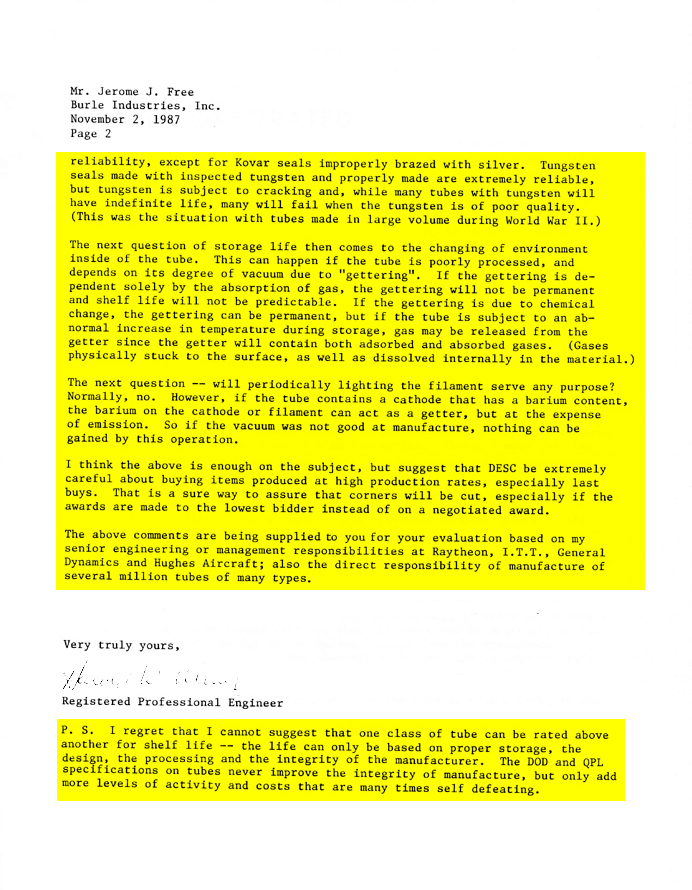
These Government and Department of Defense Letters Reveal the real concerns there is on the subject of vacuum tube shelf life.
Both then, and now... the meaning of the terms
NOS or NIB remains the same for the user.
The Subject of Vacuum Tubes - The Theory vs. Evidence Concept Is Explained, With Major Critical Thinking Applied By Bill Whittle.
(If you skipped over watching this before, NOW is the time to watch it)CLICK ON PICTURE FOR VIDEO
This video explains why applied theory is no guarantee on how things will actually turn out in the end. This video relates very much to the 6900 application theory vs. the 6900 application evidence that suggests otherwise.
It would be beneficial for Musician and Audio Enthusiasts to watch this video!
| Back To The Technical Classroom Menu |
| To Home Page | E - Mail Us |